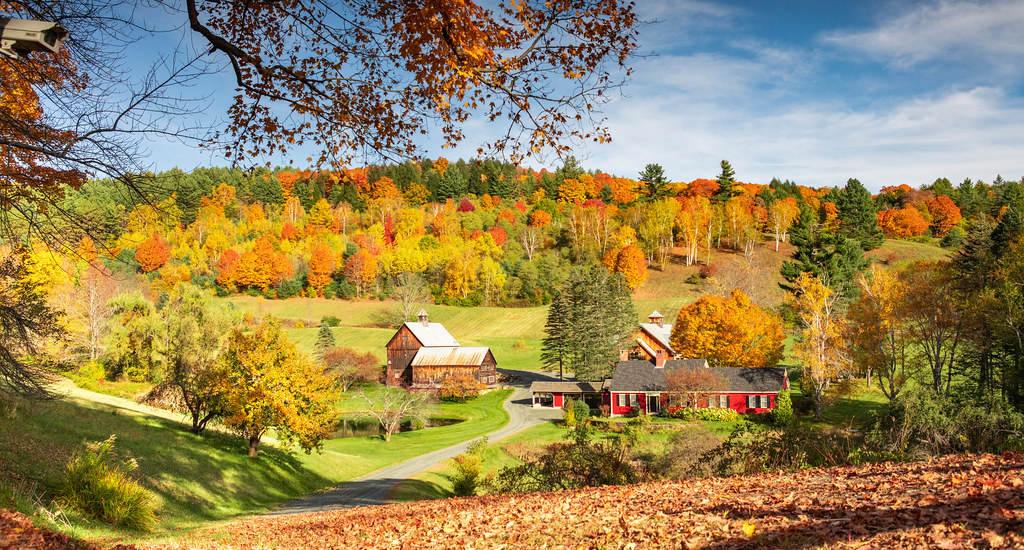A new report by Sylvain Leduc and Daniel J. Wilson of the Federal Reserve Bank of San Francisco puts snowbird seasonal migration into a new perspective. Instead of retirees moving to the sunny south, they are now looking to escape the increasingly sizzling cities that attracted them years ago.
The American demographic landscape is undergoing a significant transformation, influenced by the undeniable force of climate change. Historically, the Sun Belt, a region known for its warm climate and economic opportunities, has attracted a steady influx of residents. However, recent studies suggest that this trend is reversing, with climate change playing a pivotal role in migration patterns.
The Sun Belt, stretching across the southern United States, has long been a magnet for retirees and workers alike. Factors such as a warmer climate, economic growth, and the migration of workers have contributed to its boom. Yet, the increasing frequency and severity of extreme weather events, such as heatwaves and hurricanes, are reshaping perceptions and realities.
Research from the Federal Reserve Bank of San Francisco indicates a pivot in internal migration within the United States. Over the past 50 years, the tendency of Americans to move from colder “snow belt” regions to hotter “sun belt” areas has declined. This shift is attributed to the changing climate, with historically colder areas becoming warmer and hotter areas experiencing more extreme heat days.

As a result, five states are emerging as new beacons for migration, offering a balance of economic opportunity and a more temperate climate. These states are:
- Washington: With its diverse economy and relatively mild climate, Washington is becoming an attractive destination for those seeking relief from the extreme heat.
- Oregon: Known for its natural beauty and sustainability initiatives, Oregon is drawing in individuals who prioritize environmental consciousness in their lifestyle choices.
- Colorado: Offering a booming tech industry and a variety of outdoor activities, Colorado is appealing to both young professionals and families.
- Minnesota: With its strong education system and robust healthcare sector, Minnesota is attracting residents who value community services and a cooler climate.
- Vermont: As a leader in green energy and environmental policies, Vermont is enticing those who wish to contribute to a sustainable future.
These states are not only providing refuge from the heat but also presenting opportunities for innovation in sectors like technology, healthcare, and renewable energy. The migration to these areas reflects a broader societal shift towards sustainability and resilience in the face of climate change.

This new trend in migration patterns means that it’s essential to consider the implications for urban planning, infrastructure, and social services. States receiving new residents must prepare for increased demand in housing, transportation, and public amenities. While this may put pressure on local communities and their economies, it also presents new opportunities for envisioning more fruitful and sustainable ways of living.
The United Nation’s Intergovernmental Panel on Climate Change (IPCC) reports have highlighted a stark reality: the Earth is experiencing widespread, rapid, and intensifying changes across its entire climate system. The migration away from the Sun Belt is a clear indicator that climate change is no longer the distant threat that scientists spoke about in the past; it is here now, and it is accelerating.
We are witnessing the start of a gradual but unending retreat from those areas that in the near future may become uninhabitable, both from the rise of sea levels and heat acceleration.












